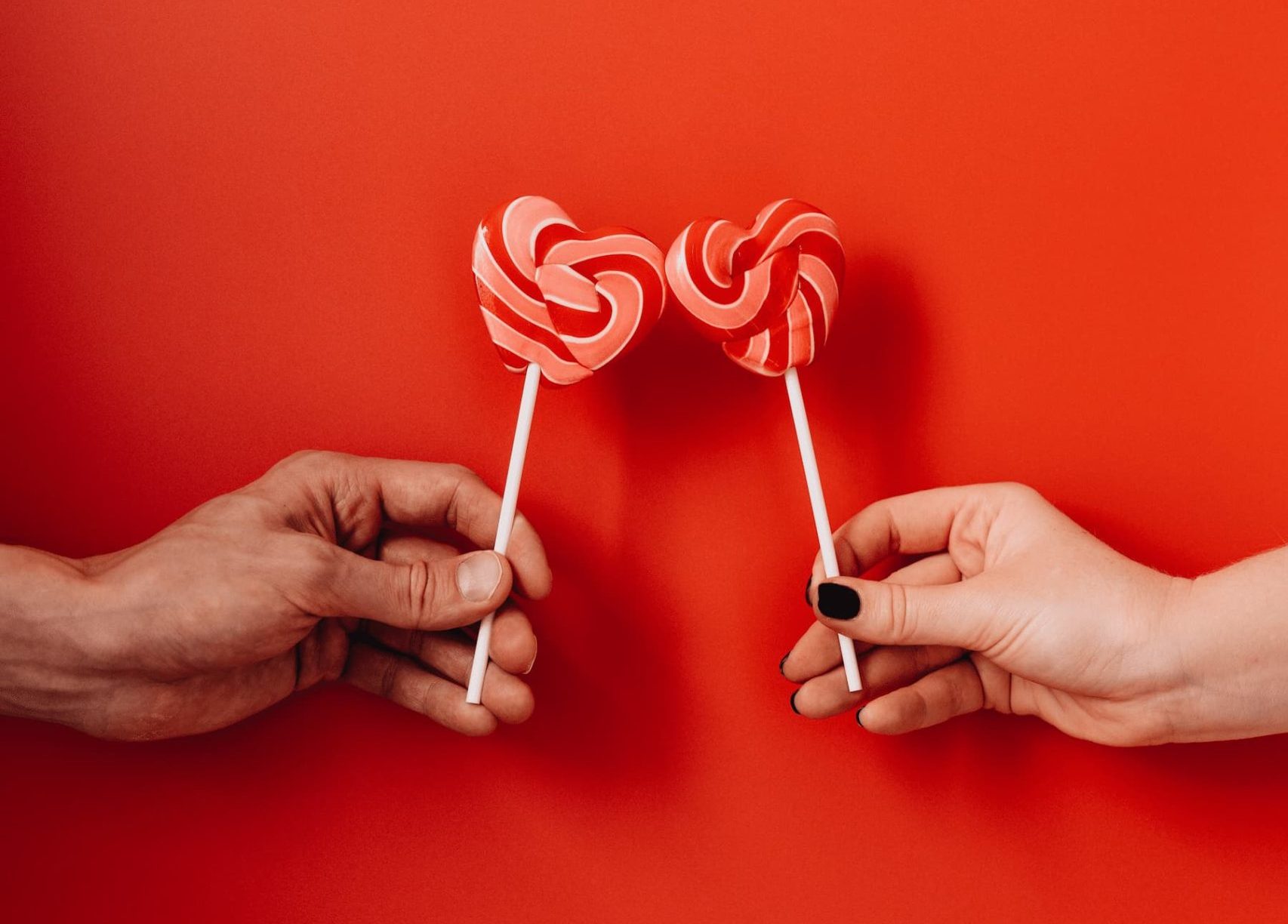
- High Country Conservation
- February 9, 2024
- Ask Eartha
Dear Eartha, I’m a big fan of Valentine’s Day, but I can’t stand all the waste that comes with it. How can we rethink Valentine’s Day to make it more sustainable while still celebrating love and affection?
As we step into the month of February, love’s enchanting aura fills the air. What better way to celebrate than to buy stuff! According to a survey conducted by the National Retail Federation, American’s total spending for this year’s cherished February 14th is expected to soar to approximately $25.9 billion, an increase from the $23.9 billion recorded in 2022. Truly, love knows no bounds!
Ah, the classic Valentine’s Day traditions: a flashy Valentine’s card and a box of chocolates. But what if we could express our love in a way that not only honors our significant other but also helps our planet? Allow me to shed light on the environmental footprint of Valentine’s Day, along with some thoughtful suggestions for celebrating in a more sustainable manner.
Revamp Your Valentine’s Day Greeting
It’s a common joke that Valentine’s Day was “invented by greeting card companies to sell cards.” Well, it worked. Americans are poised to spend a staggering $933 million on Valentine’s Day cards this holiday season. There’s an undeniable magic in receiving a heartfelt card from a cherished one. However, unless it’s crafted from 100% paper or devoid of non-recyclable embellishments (like plastic, foil, or glitter), your card will find its way to a landfill. Considering the hefty sum spent on cards, one can only imagine the volume that ultimately ends up in landfills.
To embrace sustainability this Valentine’s Day, why not forgo the store-bought card with pre-written sentiments and create your own masterpiece instead? You can repurpose items from around your home:
- An old photograph capturing special moments with your Valentine
- The backside of your favorite takeout menu
- Clippings from magazines or remnants of an old wall calendar
In doing so, you’ll not only express your affection in a personalized manner but also contribute to a more eco-conscious celebration of love.
Know Before You Cocoa
Did you know that Americans collectively devour 58 million pounds of chocolate annually during the Valentine’s Day week? Unfortunately, a significant portion of this chocolate is wrapped in single-use plastic and packaging, which frequently finds its way into landfills due to recycling constraints. Luckily, there are options available in Summit County to recycle these candy and chocolate wrappers. TerraCycle Zero Waste boxes are specifically designed for wrappers and chip bags. Visit HighCountryConservation.org/recycle and look up Rocky the Recycling Robot for information on locations and details.
Now, let’s delve into the world of chocolate. Although cocoa does indeed originate from trees, the demand for this beloved treat is surpassing its supply. It’s worth noting that it can take up to a year for a single cocoa tree to yield enough cocoa to produce just half a pound of chocolate. Cocoa trees flourish in humid climates and serve as a vital cash crop for countries around the equator, including Ghana, Indonesia, Ecuador, Brazil, and the Ivory Coast. However, the process of transforming cocoa into chocolate is resource-intensive, contributing to both carbon emissions and water usage.
Fortunately, I’m not suggesting that you completely abstain from chocolate—such a notion would be too harsh. Instead, consider the following actions to mitigate the environmental impact of this beloved confection:
- Opt for chocolates without fancy heart-shaped boxes and elaborate packaging. · Choose dark chocolate over milk chocolate, as it contains less sugar and typically has a smaller carbon footprint.
- Look for chocolate that’s certified as “Fair Trade” to support more sustainable cocoa growing and processing practices.
- Support local, “bean-to-bar” chocolate brands that prioritize quality and transparency in their production processes.
As we embark on this journey of rethinking Valentine’s Day, let us embrace the notion that our actions, no matter how small, possess the power to enact meaningful change. In doing so, we honor not only the cherished bonds we hold dear but also the delicate balance of our shared home. This Valentine’s Day, let our expressions of love be a testament to our commitment to a more sustainable and compassionate world.
Ask Eartha Steward is written by the staff at High Country Conservation Center, a nonprofit dedicated to waste reduction and resource conservation. Submit questions to Eartha at info@highcountryconservation.org.
